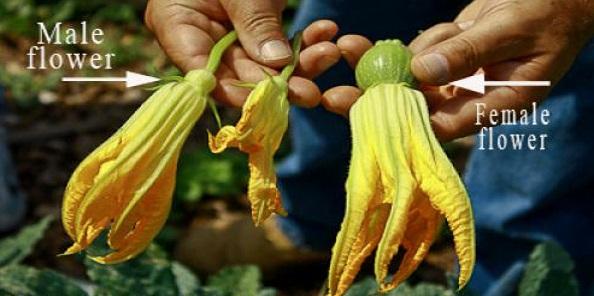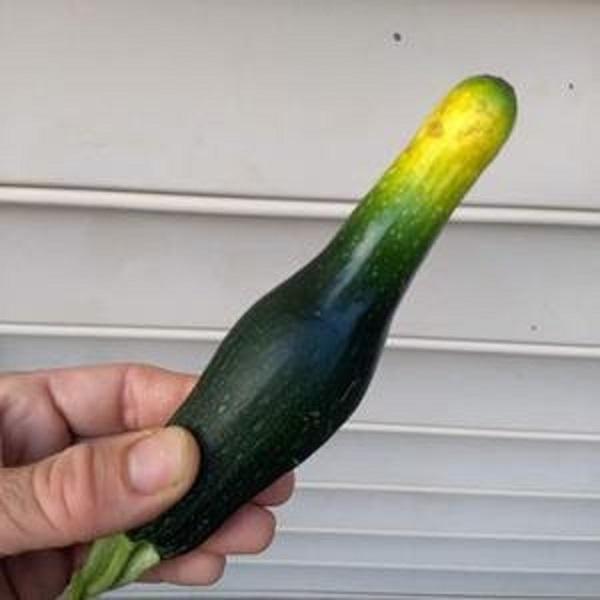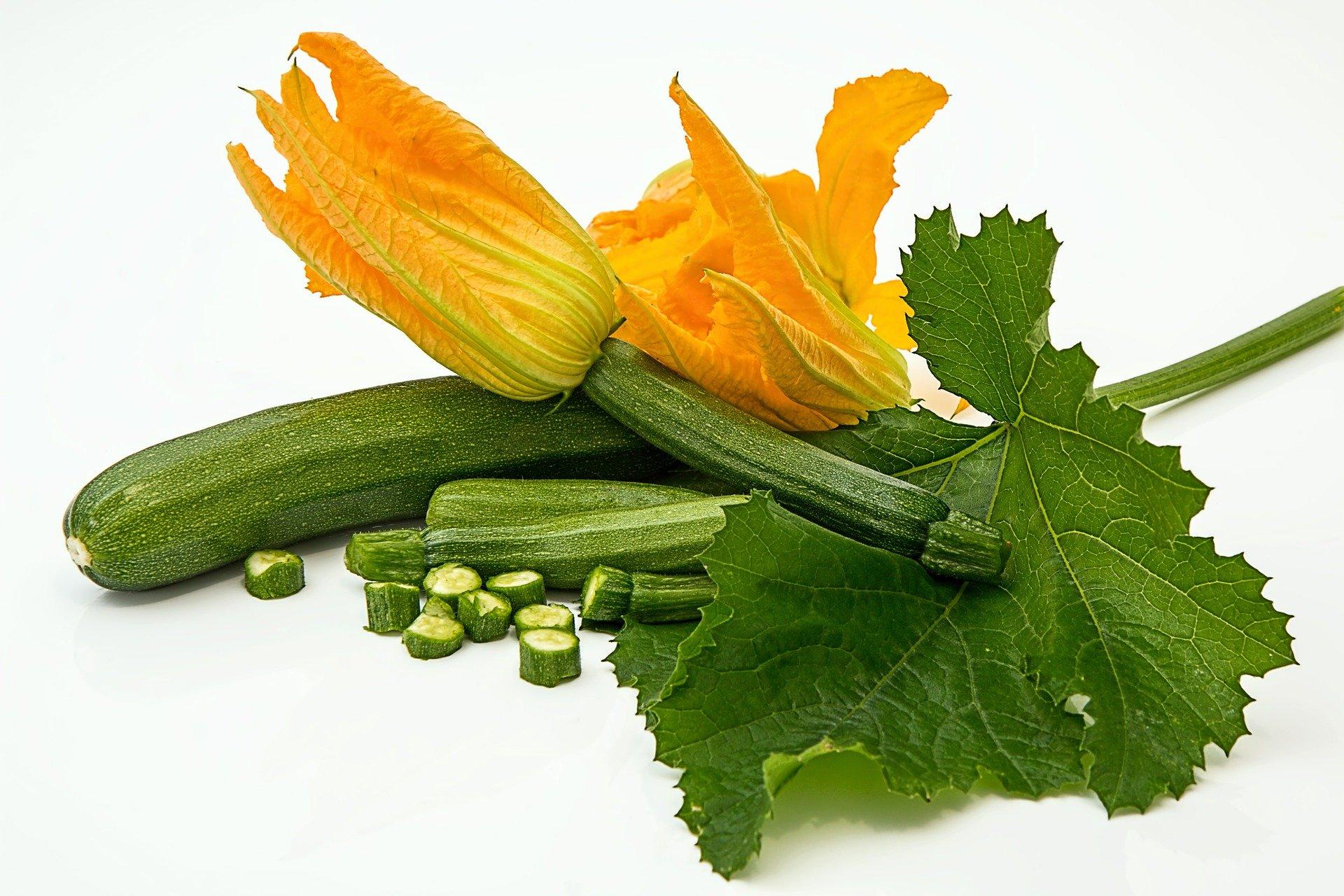Planting summer squash facts
- Hardiness: Very tender warm-season annual. Frost will injure top growth; needs warm weather to grow.
- Planting: Summer squashes (Cucurbita pepo) are warm-season plants. Sow seed directly into the garden after the danger of frost has passed and soil has warmed. Thin seedlings by cutting excess plants with scissors rather than by pulling leaving the single strongest plant. Get a jump on the growing season by planting seeds indoors in 3-inch diameter containers 3 weeks prior to planting time. Handle transplants gently and disturb the root system as little as possible. Plant a second crop July 1 - 15. Full sun requires direct light at least 6 hours/day; prefers 8 - 10 hours/day.
- Days to maturity: 50 - 65 from transplant.
- Spacing: Hills (two to three plants per hill) 3’- 4’ in-row x 4’- 6’ between rows; single plants 2’- 3’ in-row x 3’- 5’ between rows.
- Fertilizer needs: Medium requirement for nutrients, either from soil organic matter or fertilizers. Incorporate compost or fertilizer prior to planting. Side-dress when female flowers begin to appear. Refer to Fertilizing Vegetables for details.
- Approximate yield: 20 to 40 lbs. per 10-foot row.
Common summer squash problems
Bacterial wilt
Choanephora Rot
Cucumber beetle
Downy mildew
Vegetables not true to type
Powdery mildew
Pollination problems
Squash beetle
Squash bug
Squash vine borer
Growing and care of summer squash (zucchini)
- Summer squash grows on non-vining bushes.
- Vigorous stems of sprawling plants will root where they touch the soil, increasing fruit production and helping plants withstand squash vine borer injury to main stems.
- There are many varieties having different fruit shapes and colors. The three main types are:
1) yellow straight-neck or crooked neck; 2) white, saucer-shaped, scallop or patty pan; and 3) oblong, green, gray, or gold zucchini. They are harvested when immature and the rind is still tender and edible. - Incorporate compost into the soil before planting.
- Seed or transplants can be planted through black plastic or landscape fabric to hasten maturity.
- Watering - Water deeply and regularly at the base of each plant, especially during hot, dry weather and once the first fruits start to form.
- Weeding - Remove all young weed seedlings by hand or with a hoe and use a mulch around plants to keep weed seeds from germinating.
Squash pollination
- Members of the squash family produce male flowers for 1 to 2 weeks before female flowers appear. This is a normal growth habit and varies with cultivars. For a flower to develop into a fruit, pollen must be carried by bees from male flowers, on the same plant or on different plants, to the female flower (the one with the tiny squash below the flower). Poor fruit-set is common during rainy weather when bees are inactive. Avoid using any pesticides during the bloom period to reduce the risk of poisoning pollinators.

Low fruit production? Some solutions to poor summer squash pollination:
- Take good care of your plants (fertile soil and adequate spacing, water, and sunlight).
- Be patient- female and male flowers must be open at the same time for cross-pollination. Many male flowers may emerge before you see the first female flower.
- Try hand pollination.
- Plant parthenocarpic cultivars which produce fruit without pollination (PDF research data from Cornell University on parthenocarpic squash cultivars). Another advantage is that these cultivars can be covered with a row cover or insect netting through the plants’ lifecycle to exclude squash bug, cucumber beetle, and squash vine borer. For all other cultivars, row covers and netting must be removed at flowering to allow for insect pollination
- Plant summer squash 2-3 times during the growing season.
- Plant a variety of flowering plants in or around your vegetable garden to attract pollinators.
- Reduce or eliminate the use of insecticides.

of the female flower and/or fertilization of the ovules (undeveloped
seeds) inside the fruit.
Harvesting
- In addition to describing the time of planting, "summer squash" refers to their short storage life, compared to winter squashes.
- Harvest immature fruits, about 6- to 8-inches long and 1½ to 2 inches in diameter for elongated types; 3 to 4 inches in diameter for pattypan types; and 4 to 7 inches long for yellow crooked neck.
- Check plants daily once they begin to bear fruit.
- If the rind is too hard to be marked by the thumbnail, it is over-mature. Remove old fruit to allow new fruit to develop.
Storage and preservation
- Will keep for 5 to 14 days in cool (32°- 50°F), moist (90% Relative Humidity) conditions.
